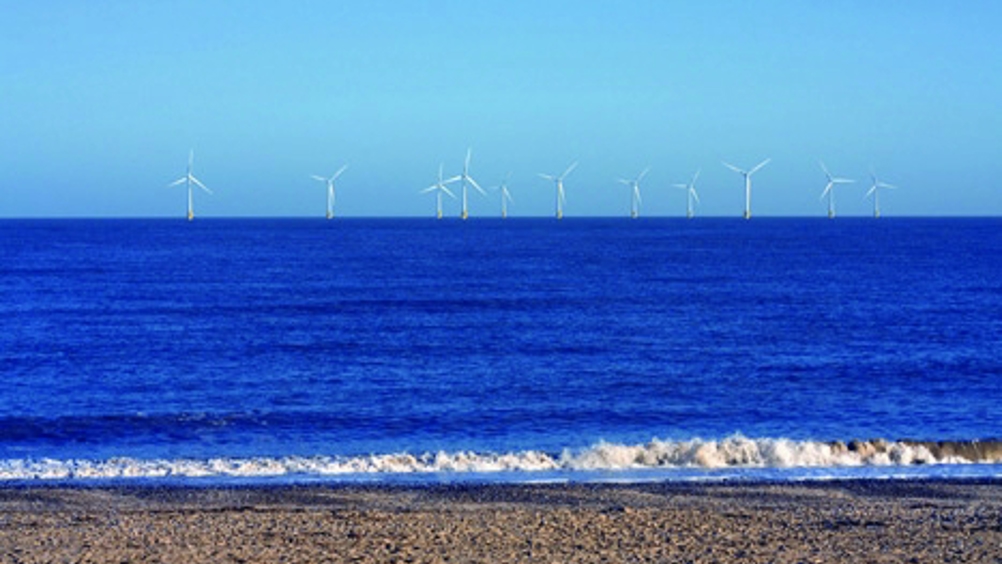Energy Technologies Institute invests in offshore wind
The Energy Technologies Institute (ETI) is investing up to £25m in an offshore wind floating system demonstration project.

In a statement, ETI said exploiting this natural resource economically, particularly in deeper waters off the west of the country, will require significant technology developments to build, operate and support large offshore wind arrays.
Dr David Clarke, ETI chief executive, said: ‘Offshore wind must be affordable and cost competitive with alternatives and although large, floating turbines will have high capital costs, they can access near-to-shore, high-wind-speed sites off the west coast of the UK, which overall brings down the cost of electricity generation for the long term.
‘Our studies have shown that access to high-wind areas that are close to shore should be an attractive investment compared to some existing UK sites that are further from the coast in areas of lower wind. We also expect there is likely to be a considerable global market for floating wind turbines that can be developed in the UK.
‘We see floating turbine technology being strategically important to both the UK’s energy supply and its industrial strategy, which is why we are now seeking partners to carry out the development, installation and commissioning of a full-scale floating wind turbine system demonstrator by 2016.’
Register now to continue reading
Thanks for visiting The Engineer. You’ve now reached your monthly limit of news stories. Register for free to unlock unlimited access to all of our news coverage, as well as premium content including opinion, in-depth features and special reports.
Benefits of registering
-
In-depth insights and coverage of key emerging trends
-
Unrestricted access to special reports throughout the year
-
Daily technology news delivered straight to your inbox










Fusion inches closer as ITER completes magnet system
I believe the purpose of ITER isn't to make usable power, it is a research project which will be used to design the first generation of actual...